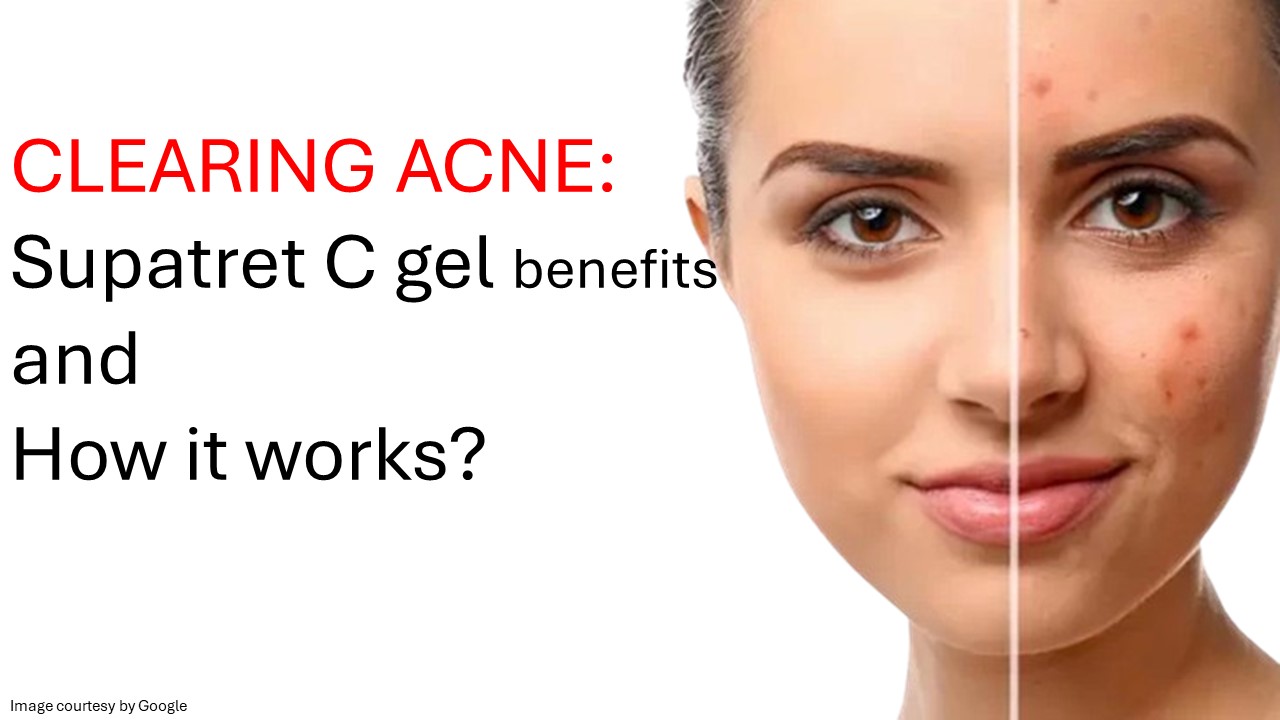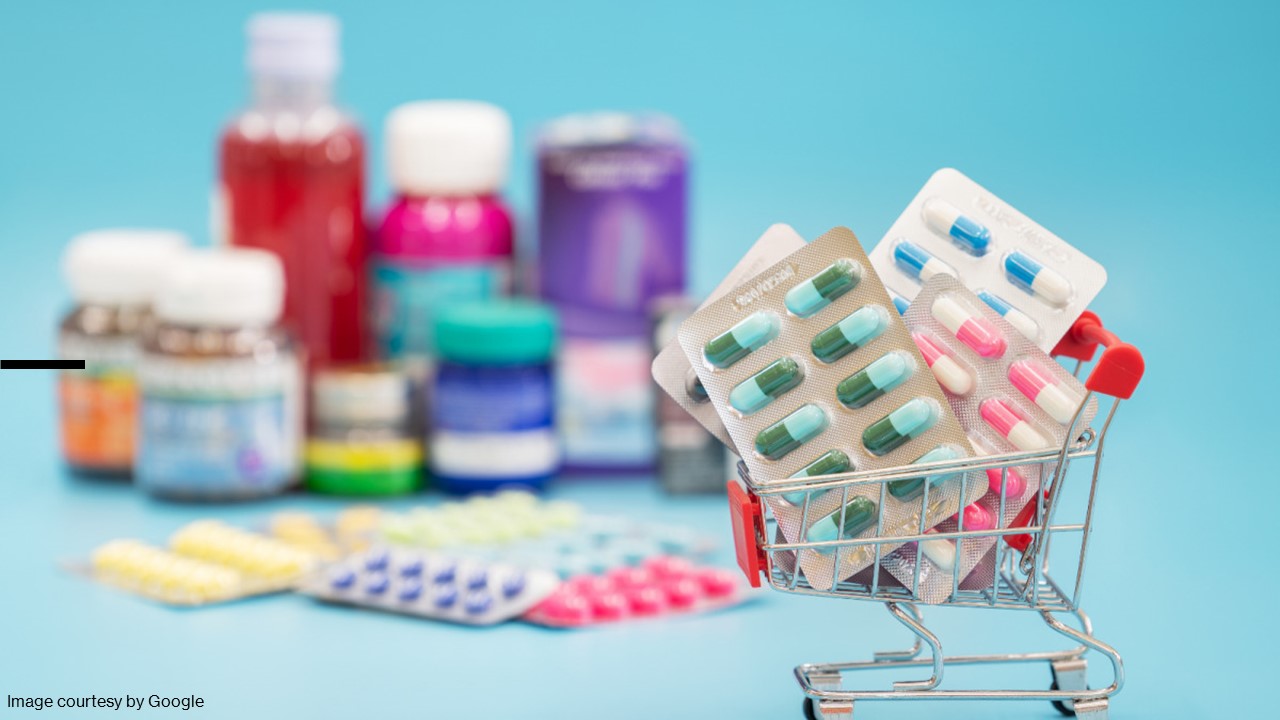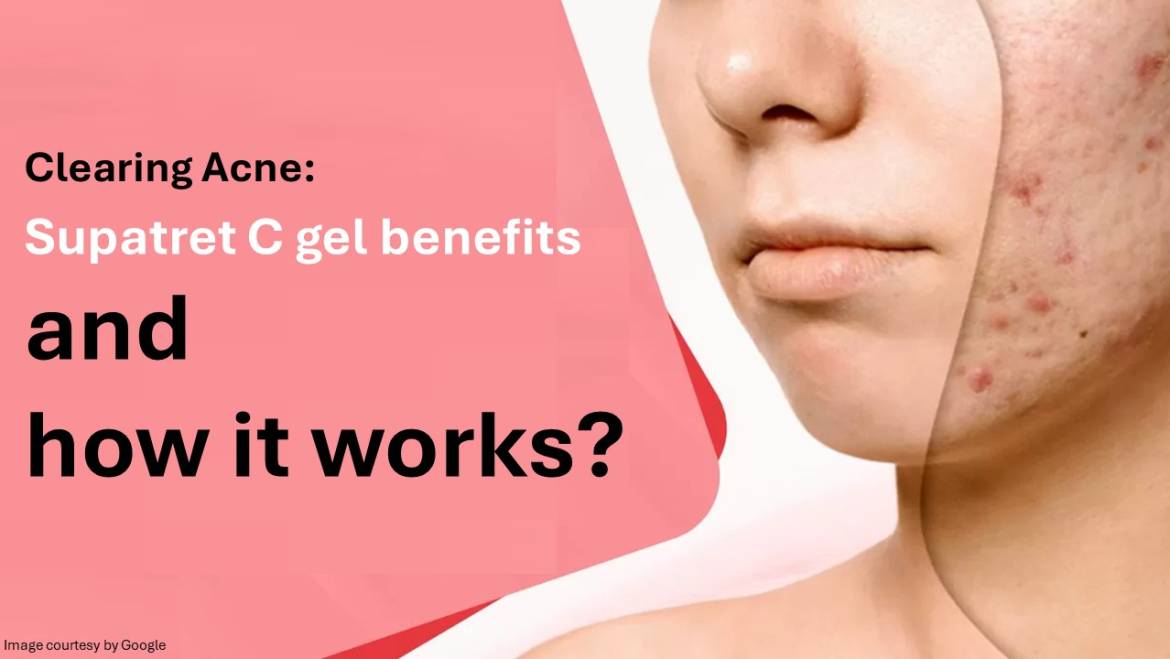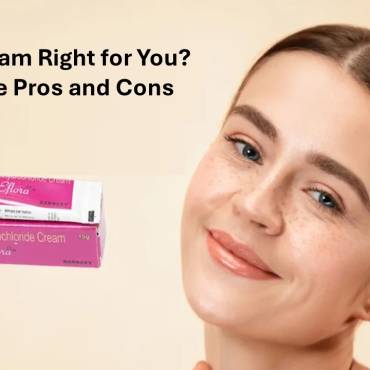Supatret C gel is used for the skin treatment of acne in patients twelve years and older. It may take some time for you to see improvement in the appearance of your acne with this combination gel. After examining your skin, your dermatologist will tell you Supratret 0.04 uses and how long to use it.
Benefits of Supatret C gel
Supatret 0.04 gel formulation combines clindamycin and tretinoin and is more effective at treating acne when these active ingredients are used separately. It is applied on the skin to treat patients with acne vulgaris. Misuse or overuse of this topical medication could contribute to the growth of bacteria that will not be killed by clindamycin. This means that Supatret gel or other medications containing clindamycin may be ineffective if not used as prescribed.
Management of acne with clindamycin/tretinoin
Topical management of acne vulgaris incorporates a variety of agents with diverse modes of action, including retinoids and antibiotics. The first topical retinoid developed for acne therapy was tretinoin, available in the United States. Topical retinoids, including tretinoin, exhibit multiple pharmacologic effects that are believed to correlate with effectiveness for acne treatment, such as reducing inflammatory and comedonal lesions.
The topical antibiotic used for acne treatment, often along with benzoyl peroxide and or a topical retinoid, is clindamycin. Clindamycin is an antibiotic that is closely related to erythromycin. Data suggest that topical clindamycin has sustained greater effectiveness in reducing lesions over time than topical erythromycin. The FDA has approved a combination gel formulation of clindamycin and tretinoin (Food and Drug Administration). It is available in the United States for once-a-day acne treatment in patients twelve years of age and older. This blog reviews important considerations related to Supratret gel and its ingredients.

Proper use of Supatret:
Before bed, wash your facial skin gently with a mild soap and warm water. Pat the skin to dry. Apply a pea-sized amount of the gel to your fingertip and spread the formulation over your face. Rub gently to smooth it into the skin. Don’t get the Supatret gel 0.04 in your eyes, mouth, lips, or open wounds.
Use a good quality sunscreen and reapply during the day as required. Avoid applying the gel more than once daily. Excessive usage may irritate your skin. Avoid washing your face more than 2 to 3 times daily. Rinsing your face too often or scrubbing your facial skin may cause the worsening of acne. If your facial skin is sunburned, stop applying the gel until you think your skin has healed. To help you use Supatret gel 0.04 correctly, remember these simple instructions. Apply the medicine once daily before bedtime. Do not use more than a pea-sized amount of this combination medicine or apply the product more frequently than instructed. Excessive usage may irritate the skin, waste medicine, and will not show instant results.
Warning and precautions:
Safety and effectiveness in children below 12 years of age have not been established. Supatret tretinoin microsphere gel should not be applied to other body areas or other growths or lesions, as the safety and effectiveness of this combination medication have been evaluated in other disorders.
Caution in the sun:
Treatment with clindamycin/tretinoin may make your skin more susceptible to sunburn, and other adverse reactions associated with sun exposure to natural or artificial light (tanning booths, sunlamps) should be reduced. Skin treated with Supatret gel should be protected when outside, even on hazy days. An effective sunblock should be used whenever you step out in the sun. You can consult your dermatologist for a recommendation of an SPF level, which will offer you the required high level of protection. Use other protective clothing, such as a full-sleeved shirt or a hat when in the sun. If you get sunburn, stop medication until your skin has healed.

Avoid excessive sun exposure to cold and wind:
Extremes of climate cause drying or burning of normal skin. Skin treated with this combination of medicines may be more vulnerable to these extremes. Your healthcare provider suggests ways to manage acne treatment under such conditions. Use other medicines only on your dermatologist’s advice. These formulations may include certain astringents, alcohol, lime, medicated soaps, shampoos, and hair solutions.
Possible side effects
Supatret may cause skin irritation (redness, peeling, dryness, burning, and stinging). Stop this medication and speak to your healthcare provider if your skin becomes red, blistered, swollen, and crusted. The combination may cause a temporary skin color change.
Colitis occurs rarely; stop applying the medication and speak to your dermatologist if you develop severe watery diarrhea or bloody diarrhea.
The bottom line
Supatret gel has been introduced into the US marketplace for acne therapy. It combines clindamycin and tretinoin and, therefore, is extremely effective in treating acne compared to when these active ingredients are used separately. Clindamycin limits bacterial growth associated with acne and the inflammation caused by these bacteria. Meanwhile, tretinoin normalizes the growth of superficial skin cells and supports the normal shedding of cells that clog hair follicles in acne-prone skin.
admin
Latest posts by admin (see all)
- Propecia for Thinning Hair: How Effective is It? - July 26, 2024
- Comparing Different Sildenafil Citrate Dosages: 50mg vs. 100mg - July 24, 2024
- Understanding Zanaflex: Uses, Dosages, and Side Effects - July 22, 2024



